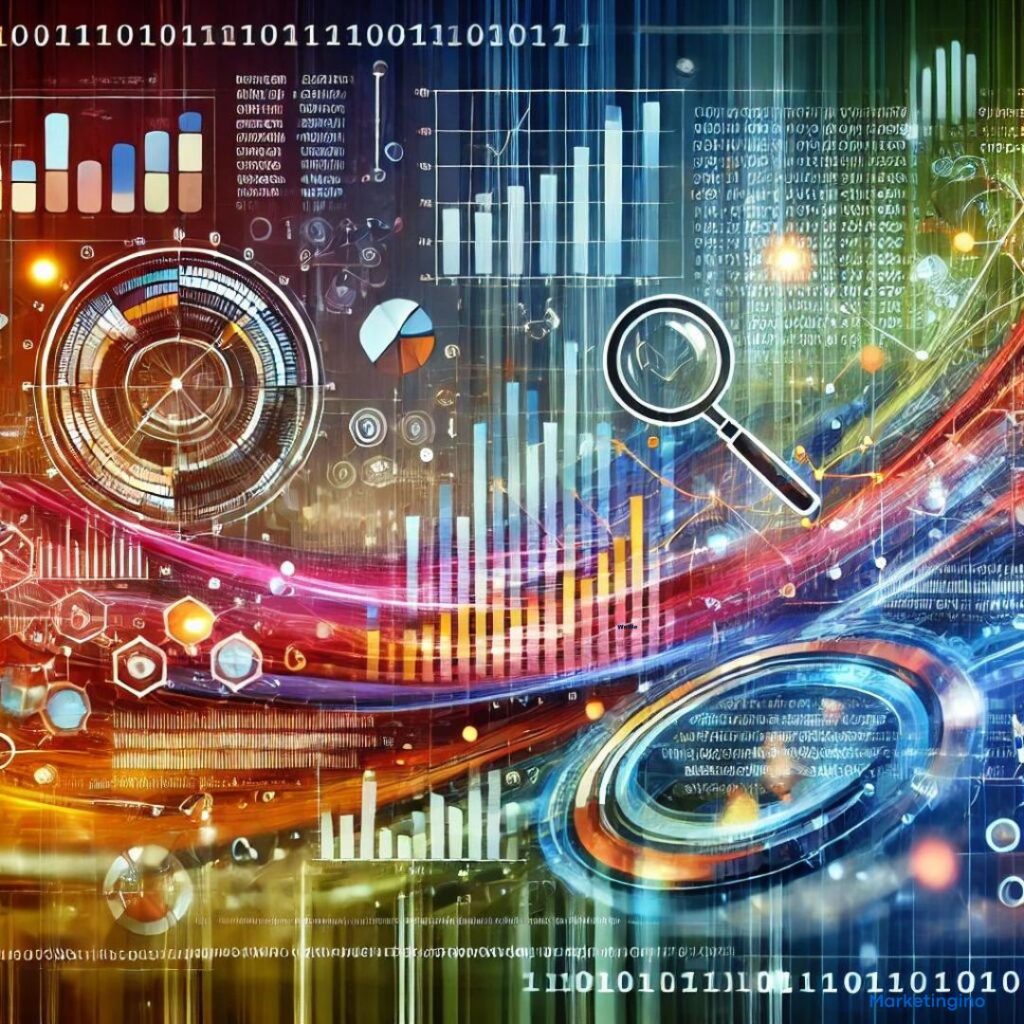In the digital age, data has become the cornerstone of modern society, influencing every aspect of our lives from personal decisions to global strategies. Defined as a collection of facts or information, data provides the raw material for analysis, interpretation, and informed decision-making across various fields. Understanding data and its importance is crucial for leveraging its potential to drive progress and innovation.
What is Data?
Data refers to raw, unprocessed facts and figures that are collected through observations, measurements, or research. These facts can be in the form of numbers, text, images, or other types of information that represent real-world phenomena. Data is often categorized into two main types:
- Quantitative Data: This type of data is numerical and can be measured or counted. Examples include height, weight, temperature, and sales figures. Quantitative data is often used in statistical analysis to identify patterns and make predictions.
- Qualitative Data: This type of data is descriptive and non-numerical. It includes information such as opinions, experiences, and observations. Qualitative data is used to understand concepts, thoughts, or experiences and is often analyzed through thematic analysis.
The Lifecycle of Data
Data goes through several stages from its creation to its final use. Understanding this lifecycle helps in managing and utilizing data effectively:
- Data Collection: The first step involves gathering data from various sources. This can be done through surveys, experiments, observations, or digital sources such as websites and sensors.
- Data Storage: Once collected, data needs to be stored in a secure and accessible manner. Databases, data warehouses, and cloud storage solutions are commonly used for this purpose.
- Data Processing: Raw data is often messy and needs to be cleaned and organized. Data processing involves filtering out errors, filling in missing values, and converting data into a usable format.
- Data Analysis: This stage involves examining and interpreting the processed data to extract meaningful insights. Techniques such as statistical analysis, data mining, and machine learning are commonly used in this phase.
- Data Visualization: Presenting data in visual formats such as charts, graphs, and dashboards makes it easier to understand and communicate insights. Effective visualization helps in identifying trends, patterns, and outliers.
- Data Utilization: The final stage is using the insights gained from data analysis to make informed decisions, solve problems, and drive actions. This can be in the form of business strategies, scientific research, policy-making, and more.
The Importance of Data
Data plays a crucial role in various domains, enabling advancements and efficiencies that were previously unimaginable. Here are some key areas where data is indispensable:
- Business Intelligence: Companies use data to understand market trends, customer behavior, and operational performance. This information is crucial for making strategic decisions, improving products, and optimizing processes.
- Healthcare: In healthcare, data is used to track patient outcomes, manage resources, and conduct medical research. Data-driven insights lead to better diagnosis, treatment plans, and overall patient care.
- Science and Research: Scientific discoveries and technological innovations are heavily reliant on data. Researchers use data to test hypotheses, validate theories, and explore new frontiers.
- Public Policy and Governance: Governments utilize data to formulate policies, allocate resources, and monitor the impact of their initiatives. Data helps in addressing societal issues such as education, public health, and environmental protection.
- Personal Use: On a personal level, individuals use data to make decisions about finances, health, and lifestyle. From fitness trackers to budgeting apps, data helps people lead more informed and organized lives.
Challenges and Ethical Considerations
While data offers immense benefits, it also presents challenges and ethical considerations that must be addressed:
- Data Privacy: The collection and use of personal data raise concerns about privacy and security. Protecting sensitive information from unauthorized access and breaches is paramount.
- Data Quality: The accuracy and reliability of data are critical for making sound decisions. Poor-quality data can lead to incorrect conclusions and adverse outcomes.
- Data Bias: Data can sometimes reflect biases present in the collection process or in society. It is important to recognize and mitigate these biases to ensure fair and objective analysis.
- Ethical Use of Data: The ethical implications of data usage, such as surveillance, discrimination, and consent, must be carefully considered. Establishing guidelines and regulations helps in promoting responsible data practices.
The Future of Data
As technology advances, the volume and variety of data continue to grow exponentially. Innovations in artificial intelligence, machine learning, and big data analytics are unlocking new possibilities for data utilization. The future promises even more sophisticated tools and techniques for harnessing data to drive progress and innovation.
In conclusion, data is a fundamental asset that underpins knowledge and decision-making across all sectors. By understanding its lifecycle, importance, and ethical considerations, we can leverage data to create positive impacts and address complex challenges. The power of data lies in its ability to transform information into actionable insights, driving progress and shaping the future.


